In the realm of avian wonders, the violet-backed starling (Cinnyricinclus leucogaster) stands out as a truly enchanting creature. Adorned with shimmering plumage and a captivating song, this stunning bird has captured the attention of birdwatchers and nature enthusiasts worldwide. In this article, we will explore the delightful world of the violet-backed starling, delving into its appearance, behavior, habitat, and the magical allure it brings to the avian kingdom.
Violet-backed Starling images
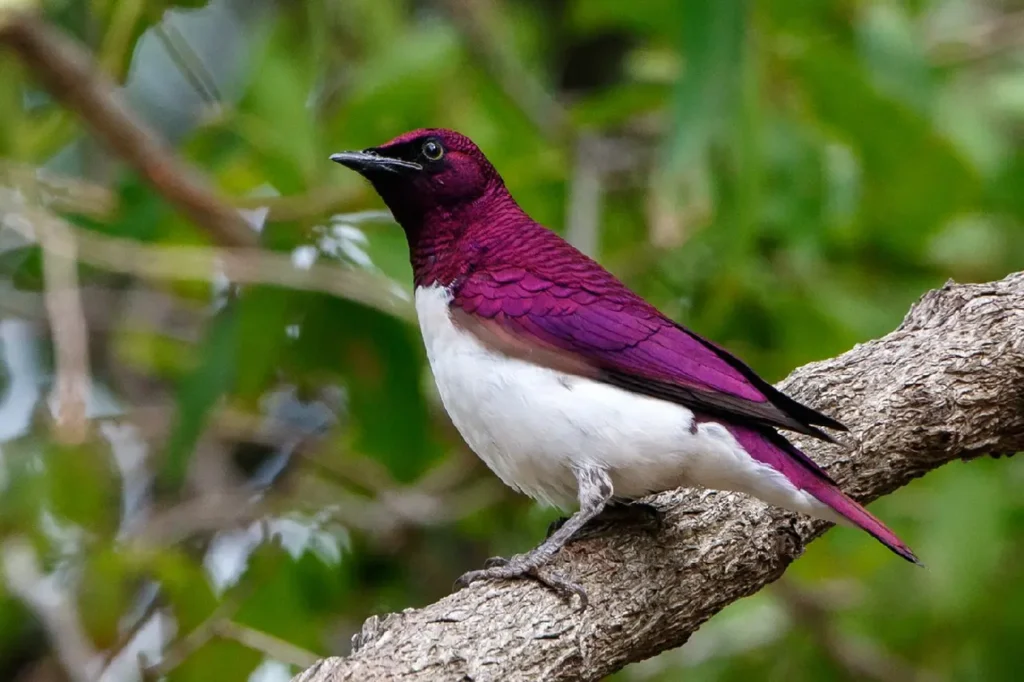
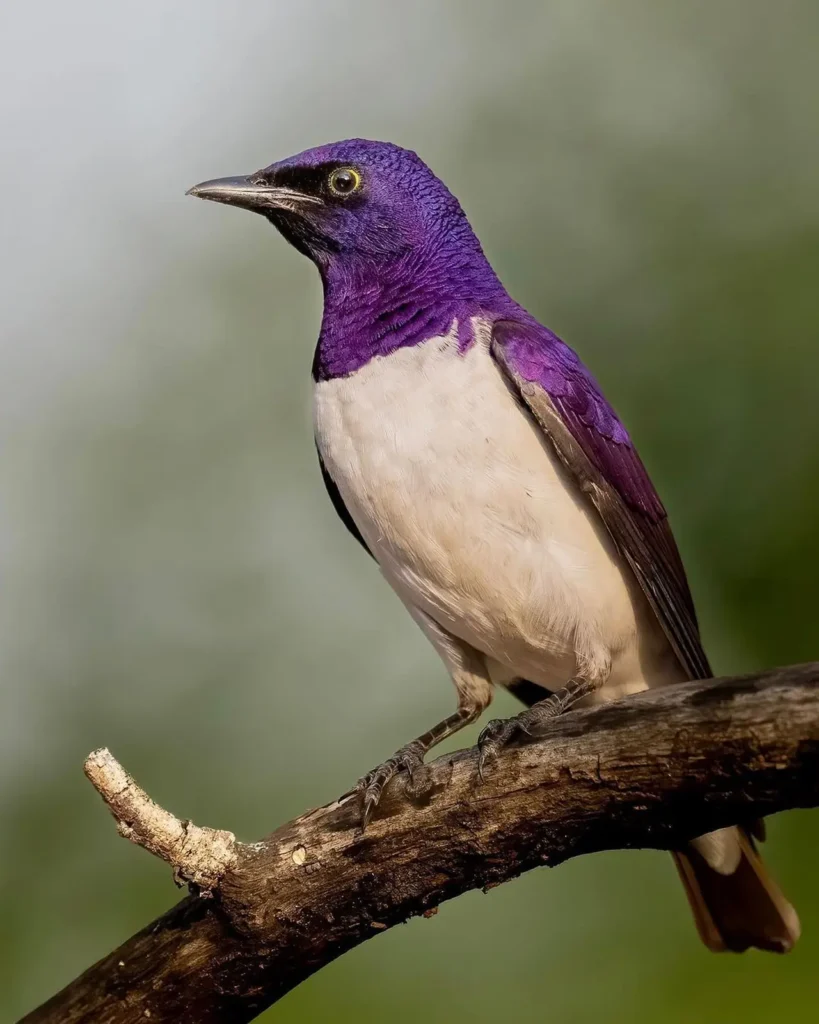
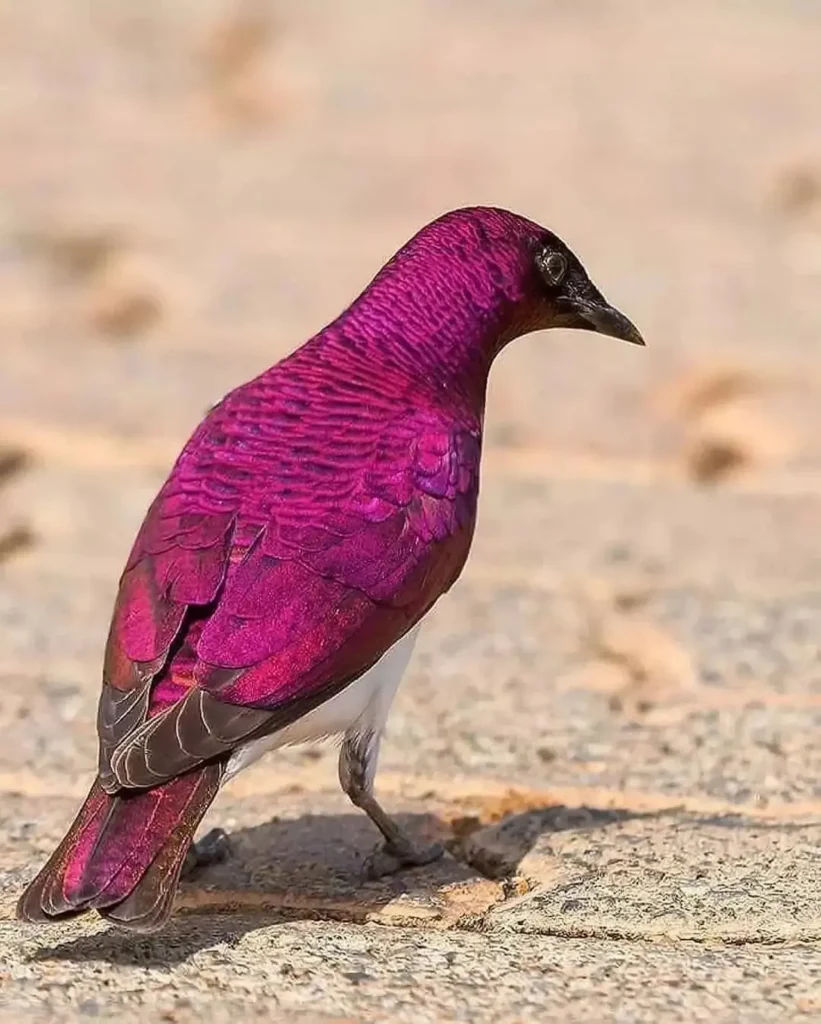
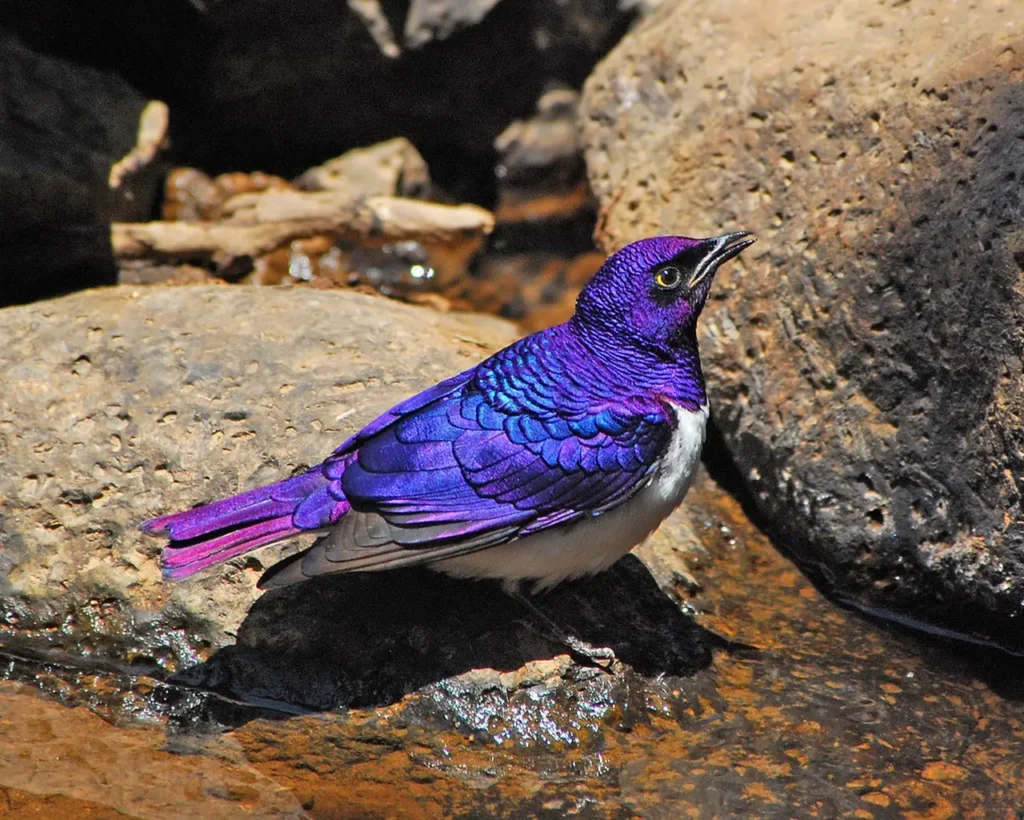
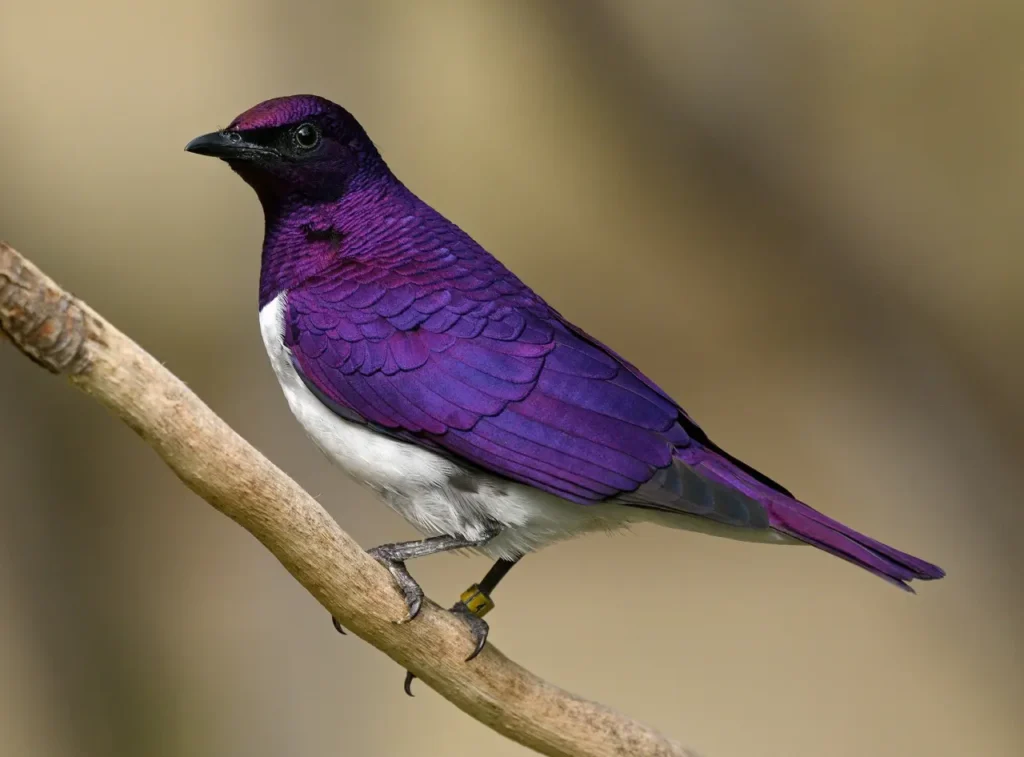
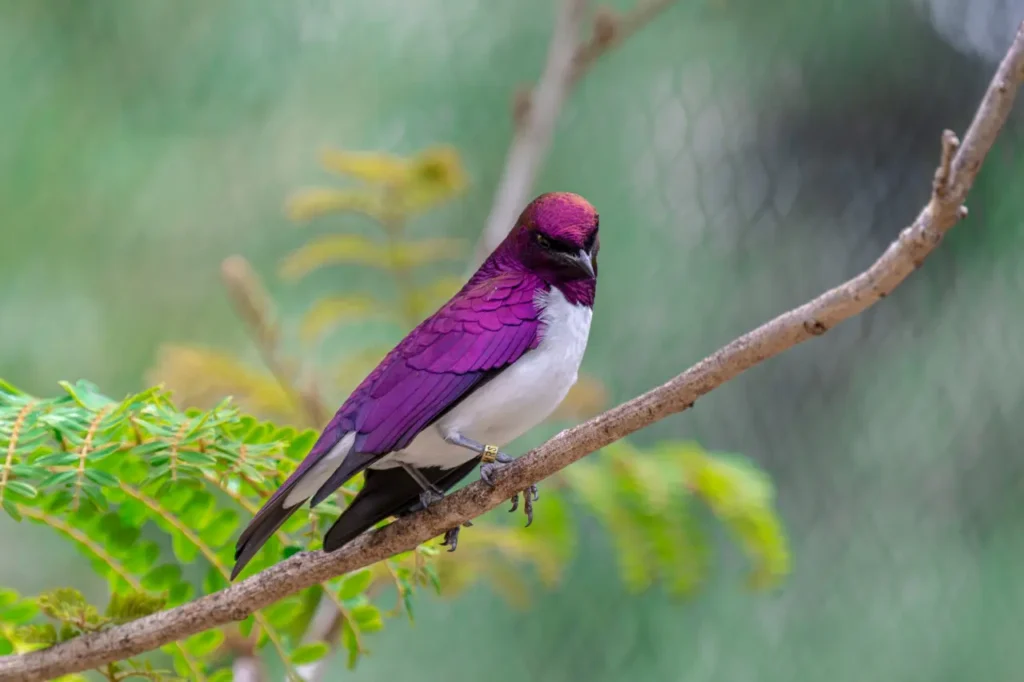
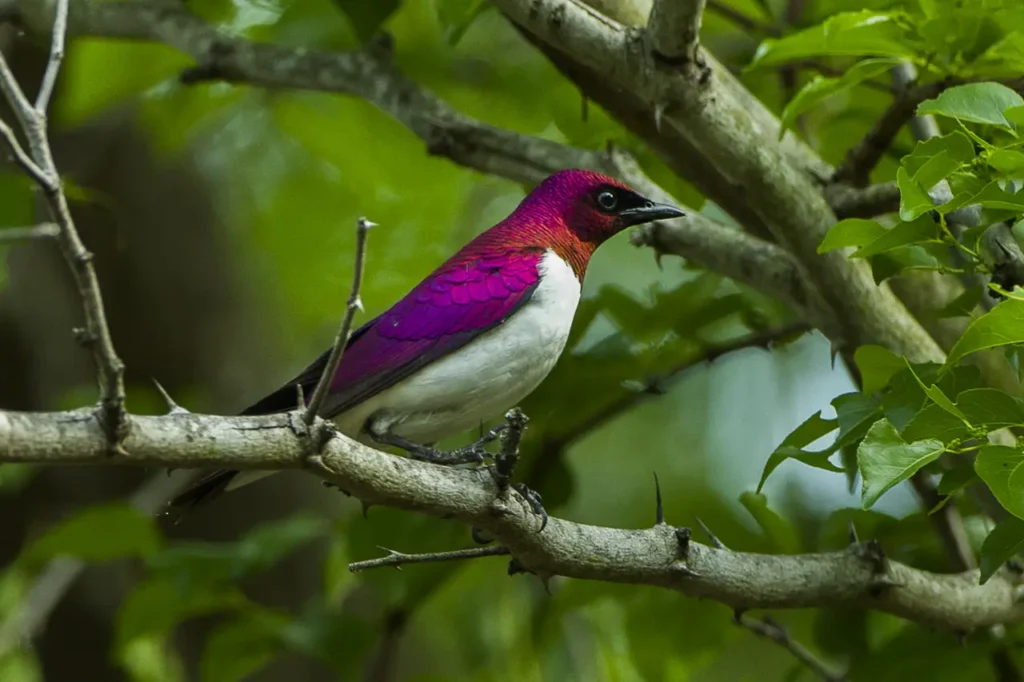
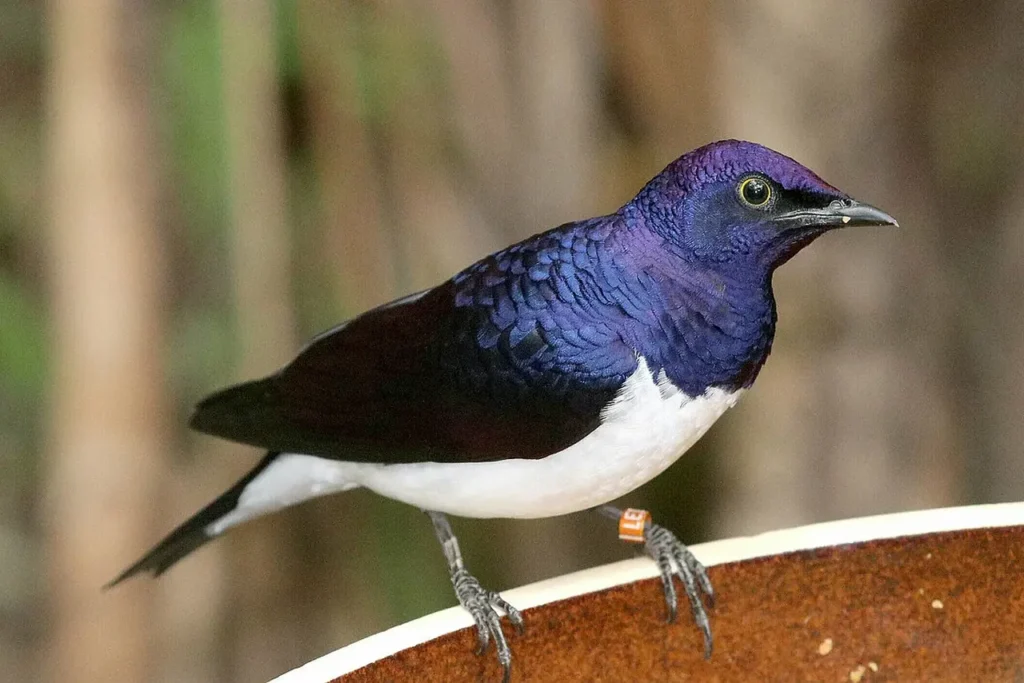
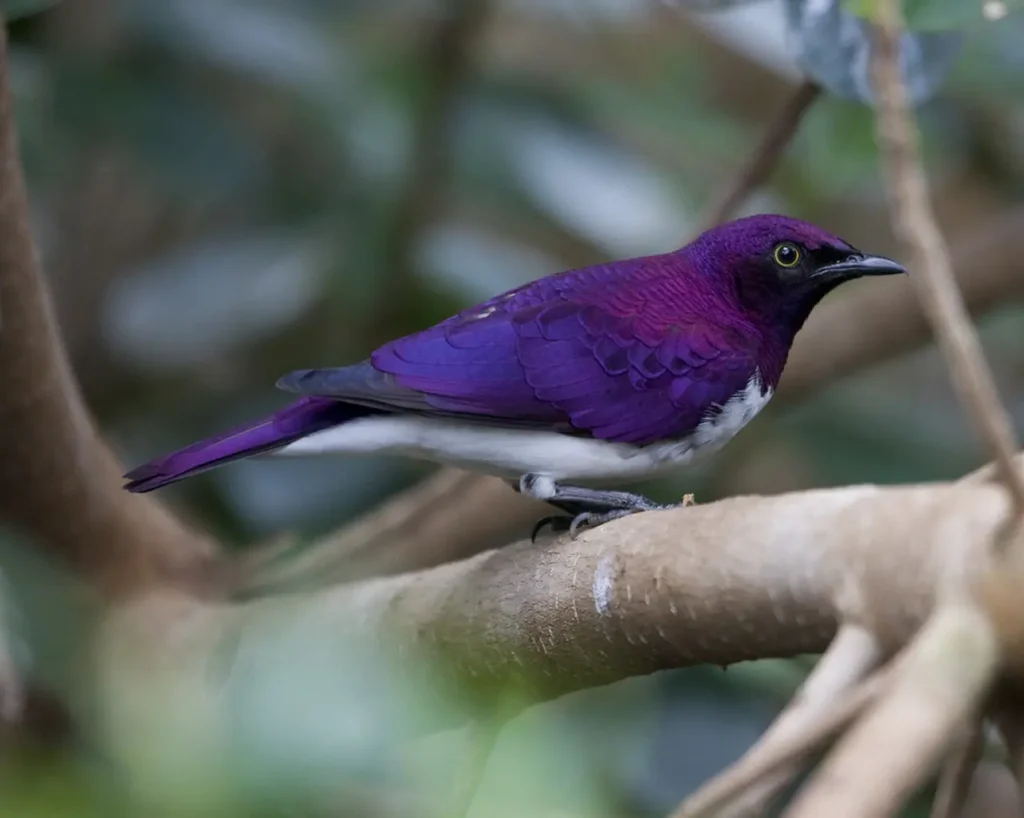
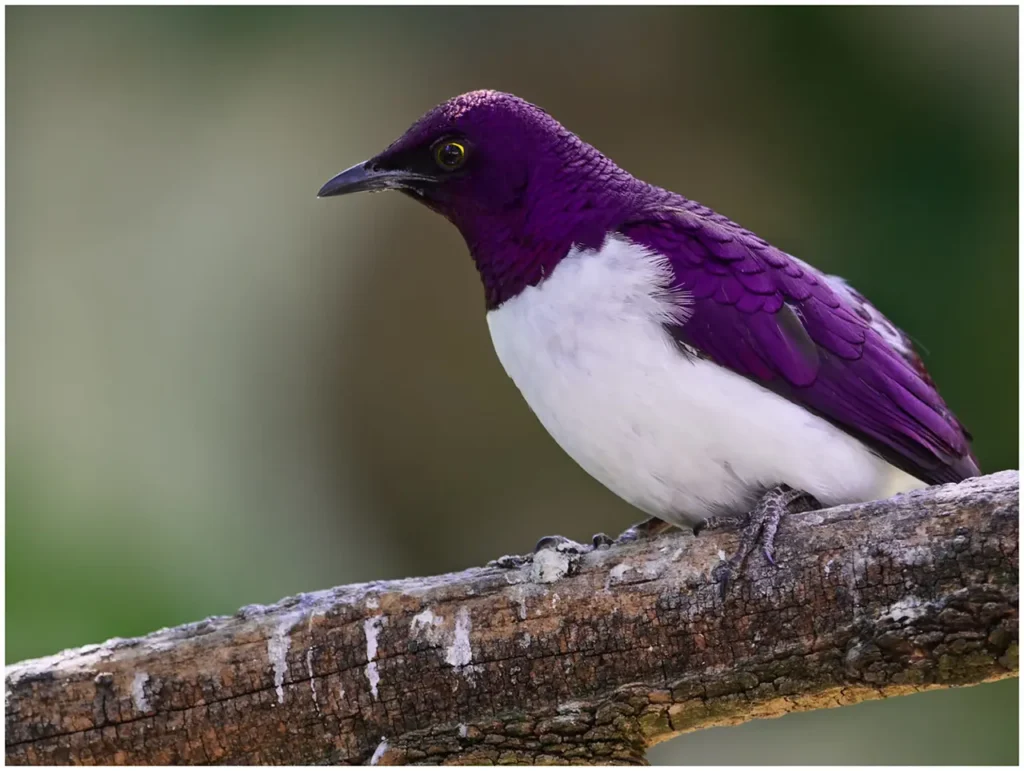
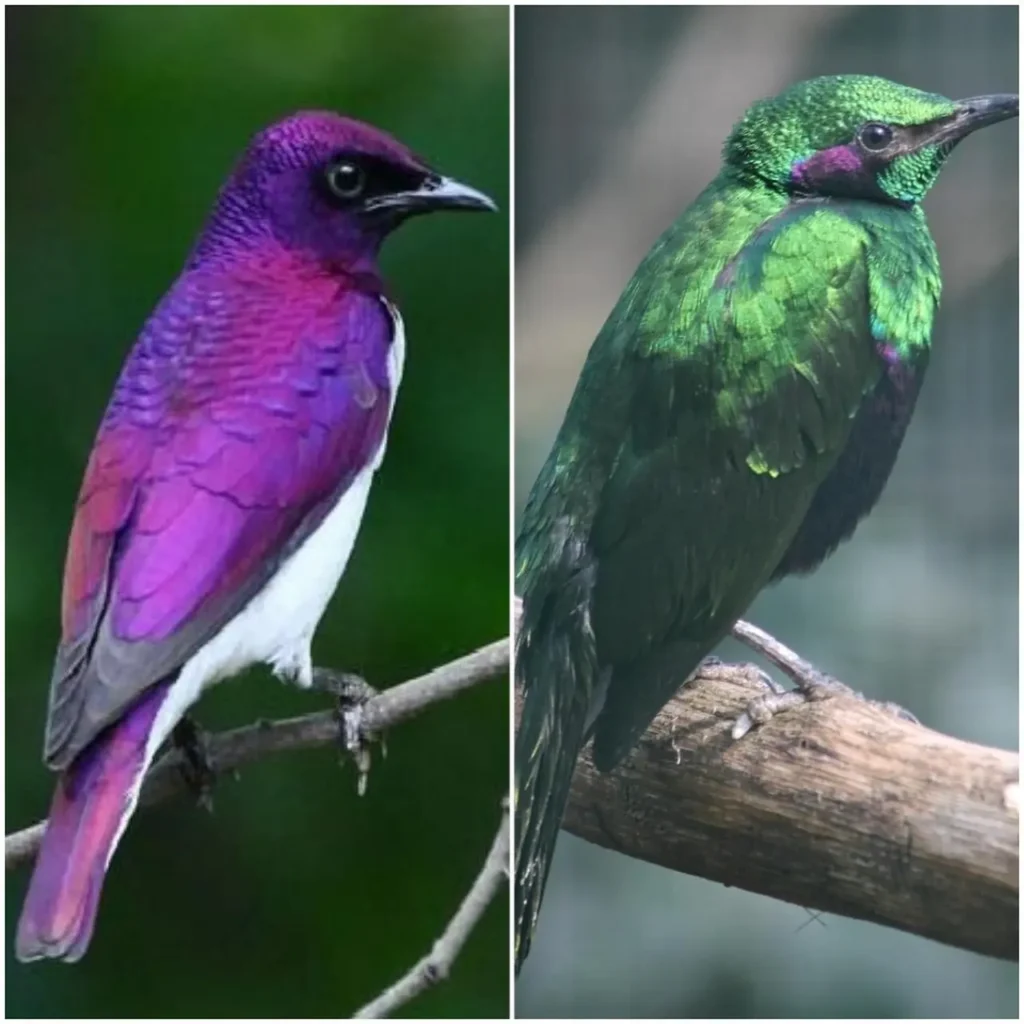
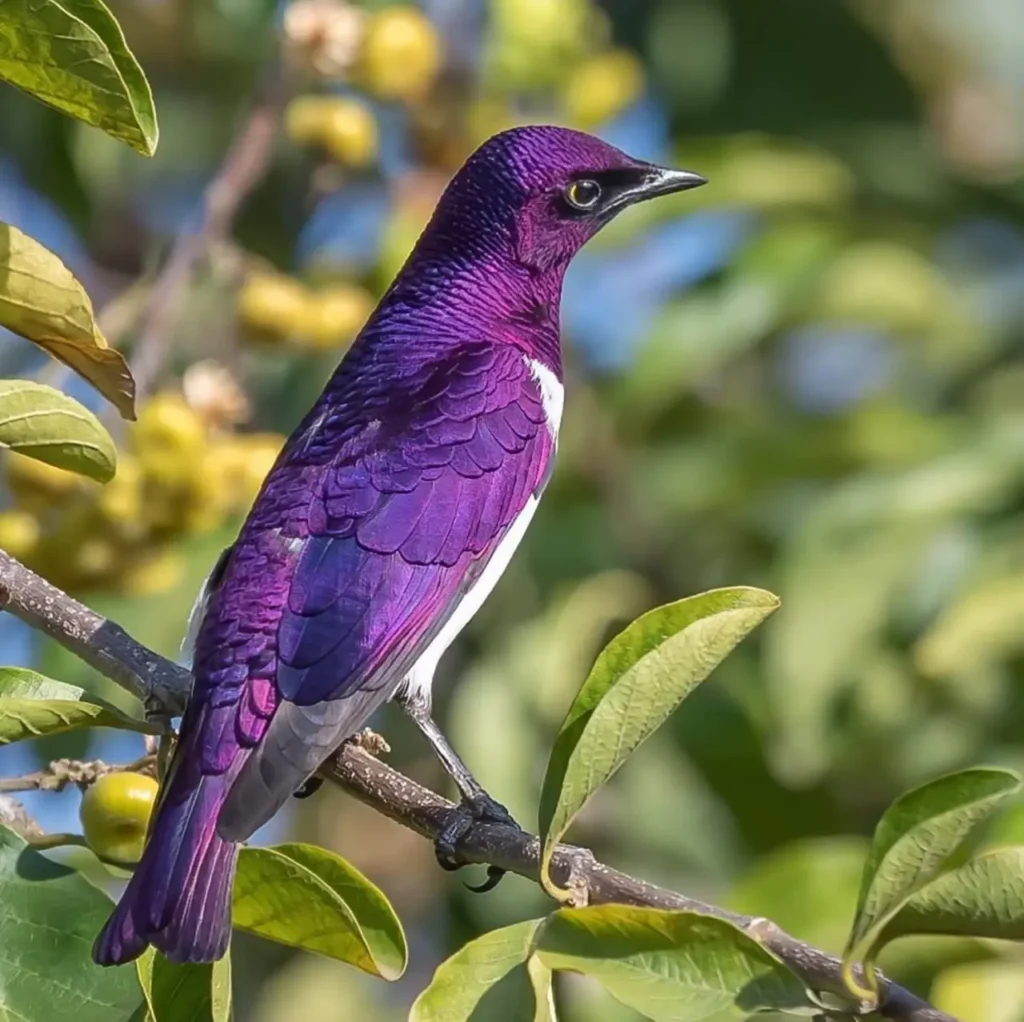
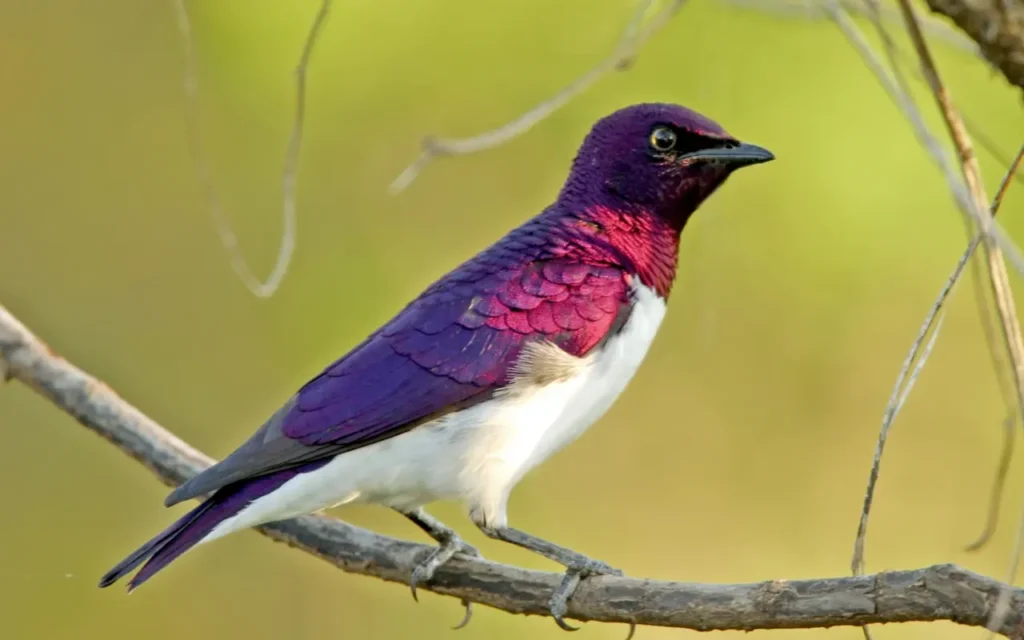
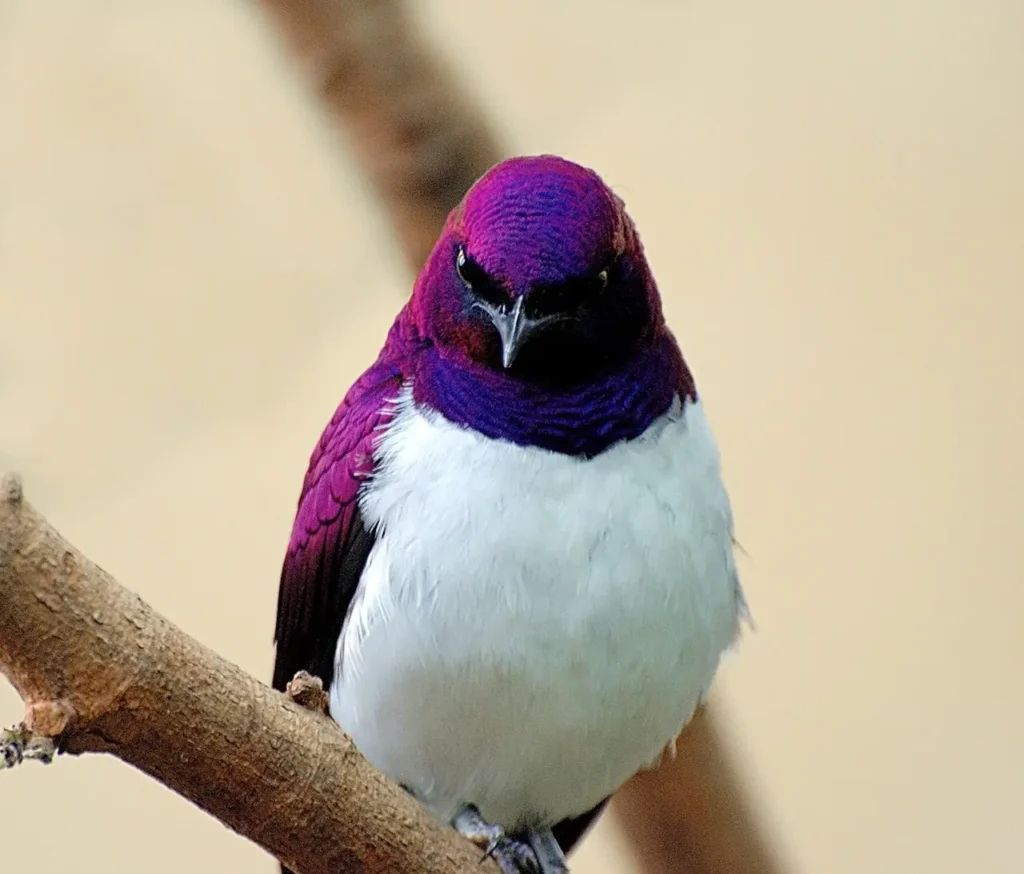
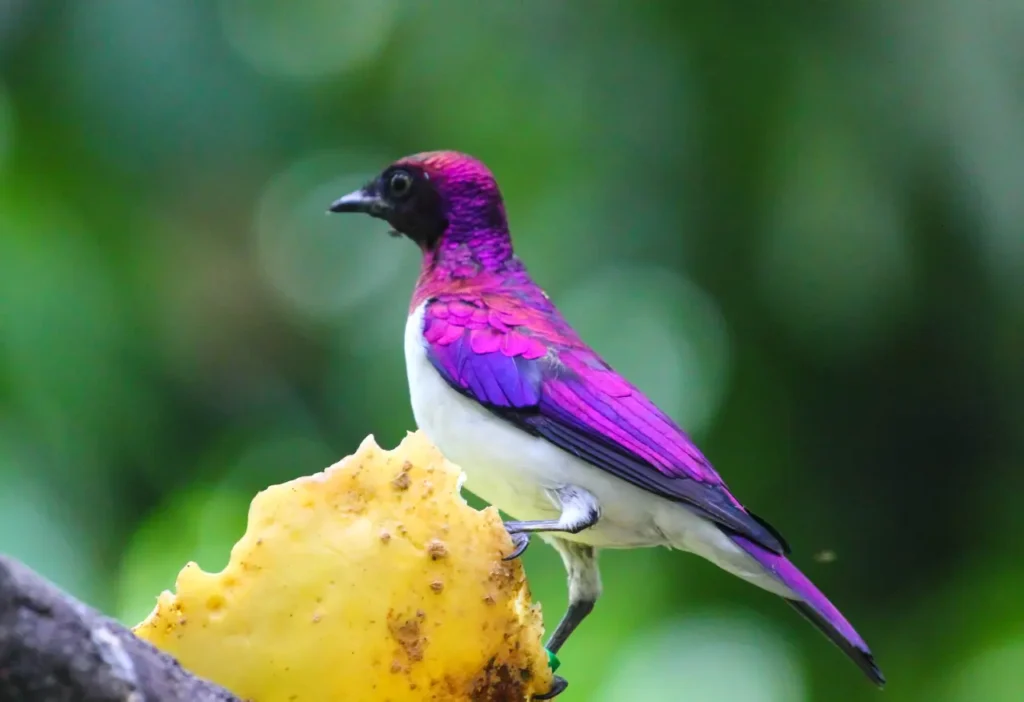
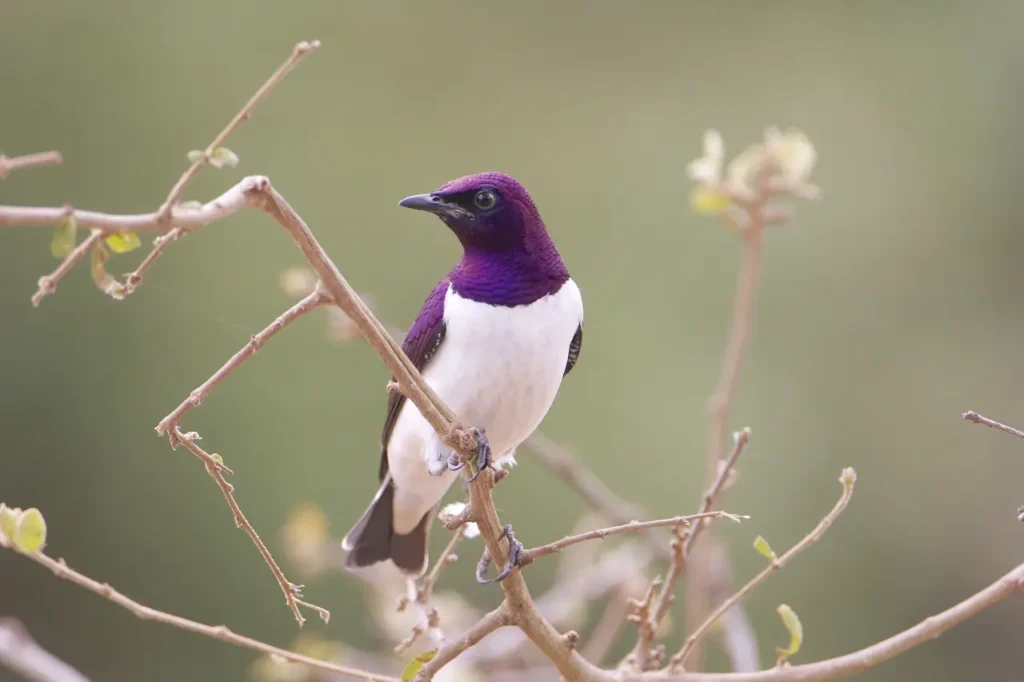
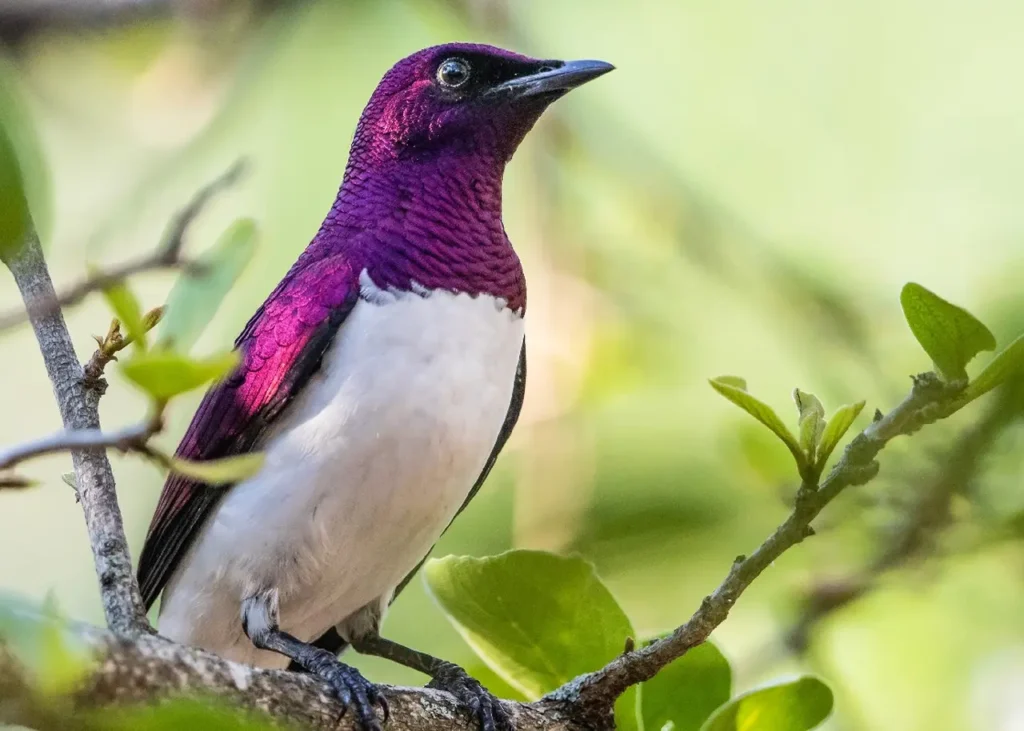
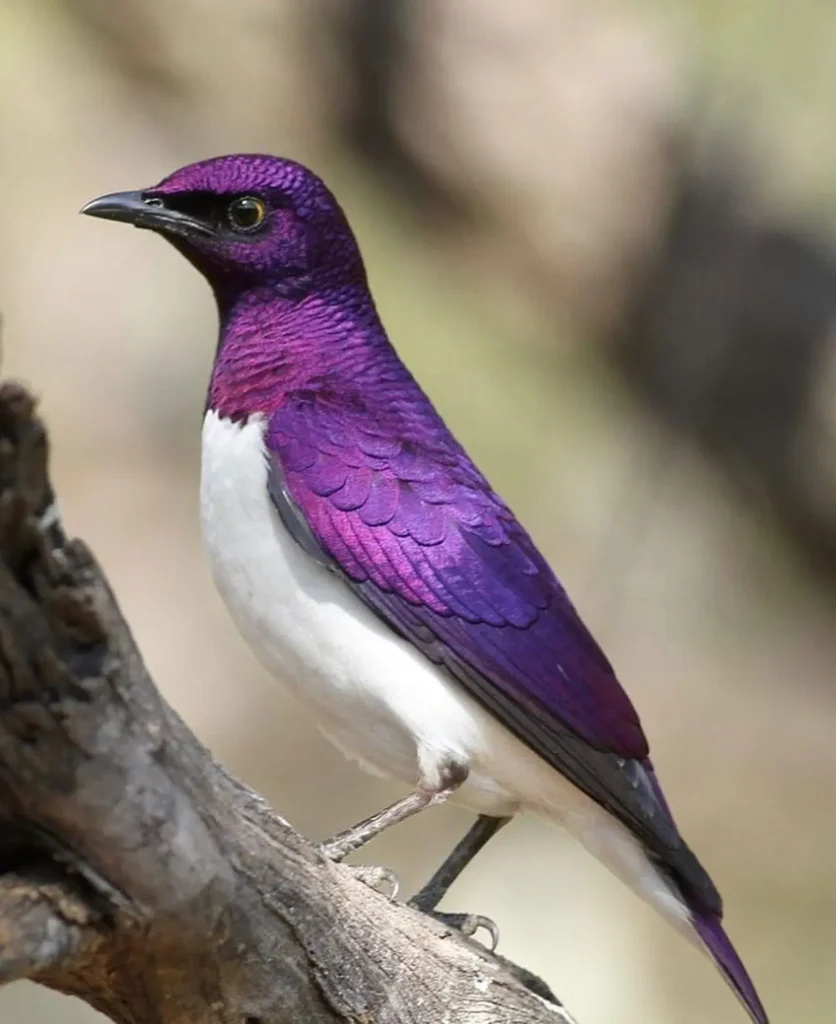
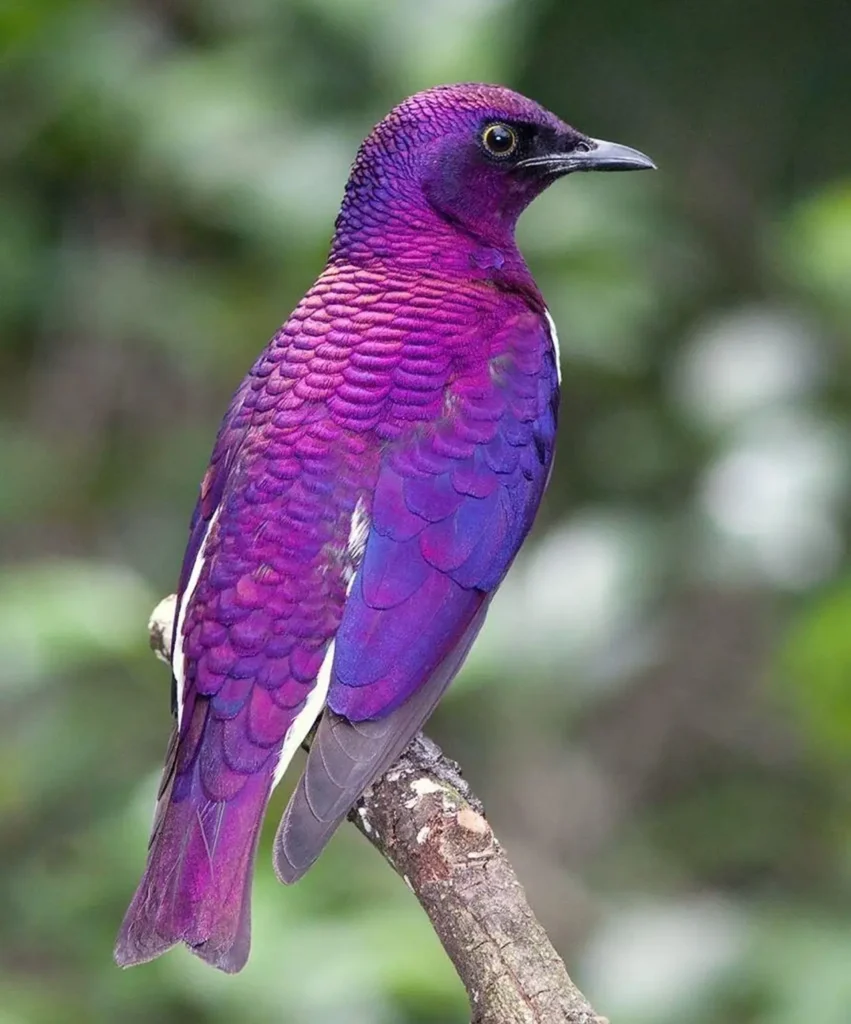
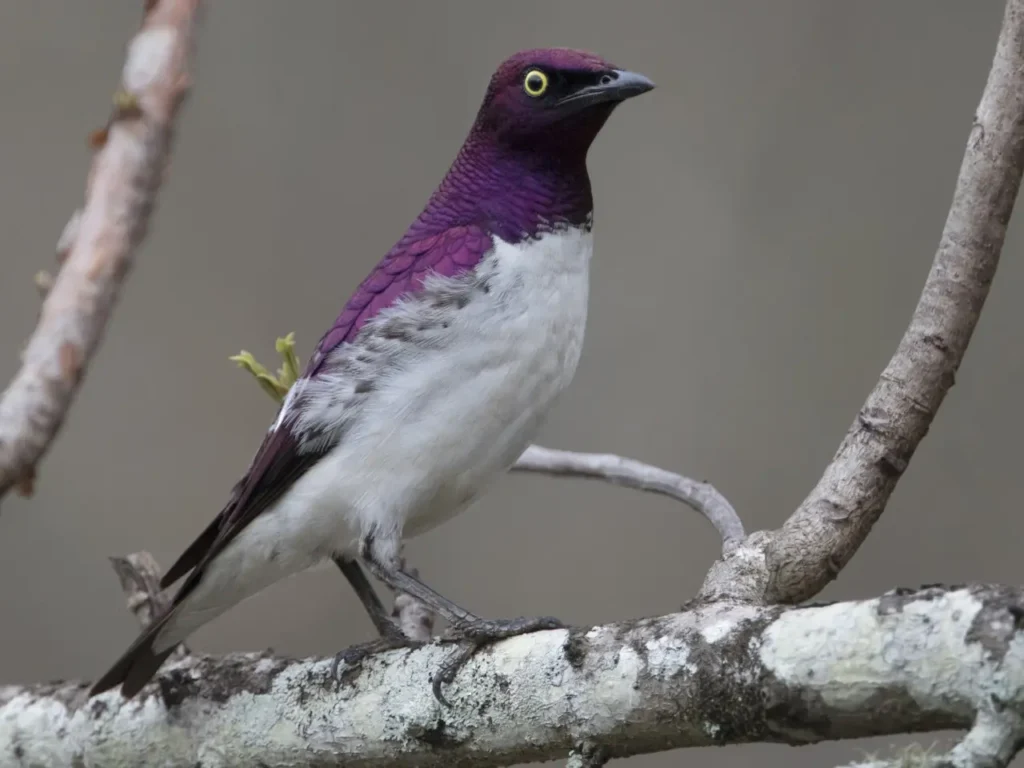
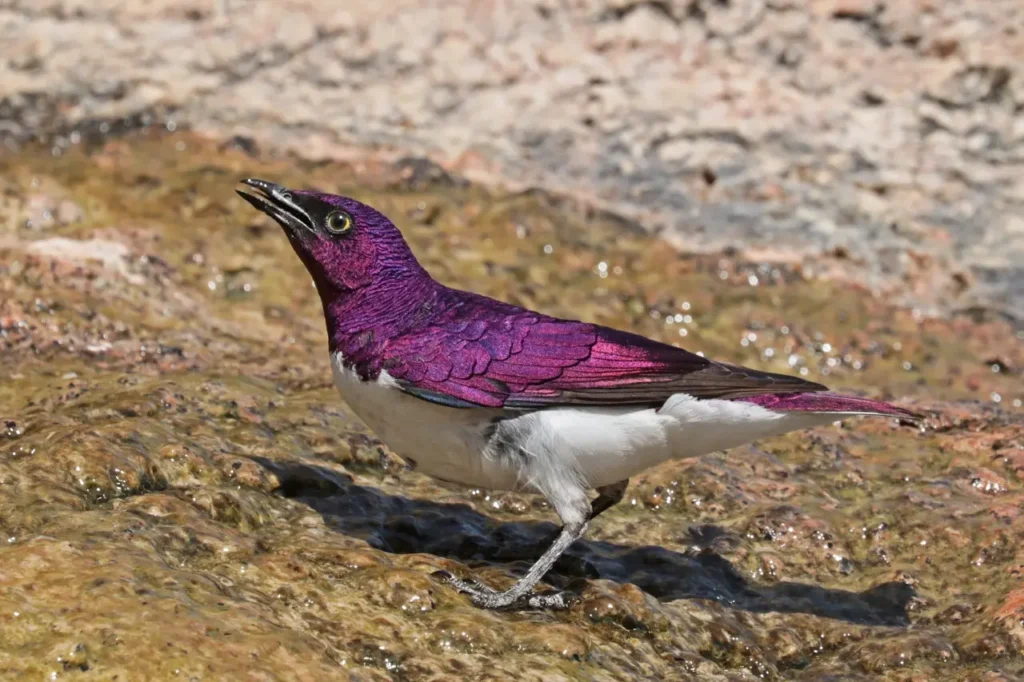
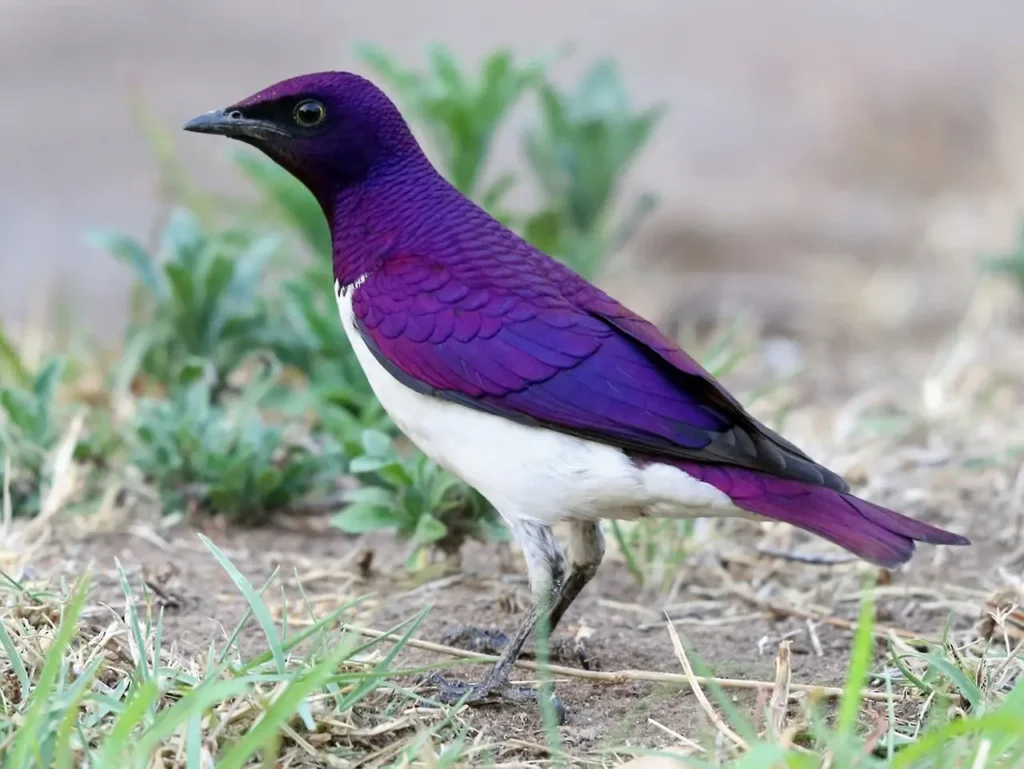
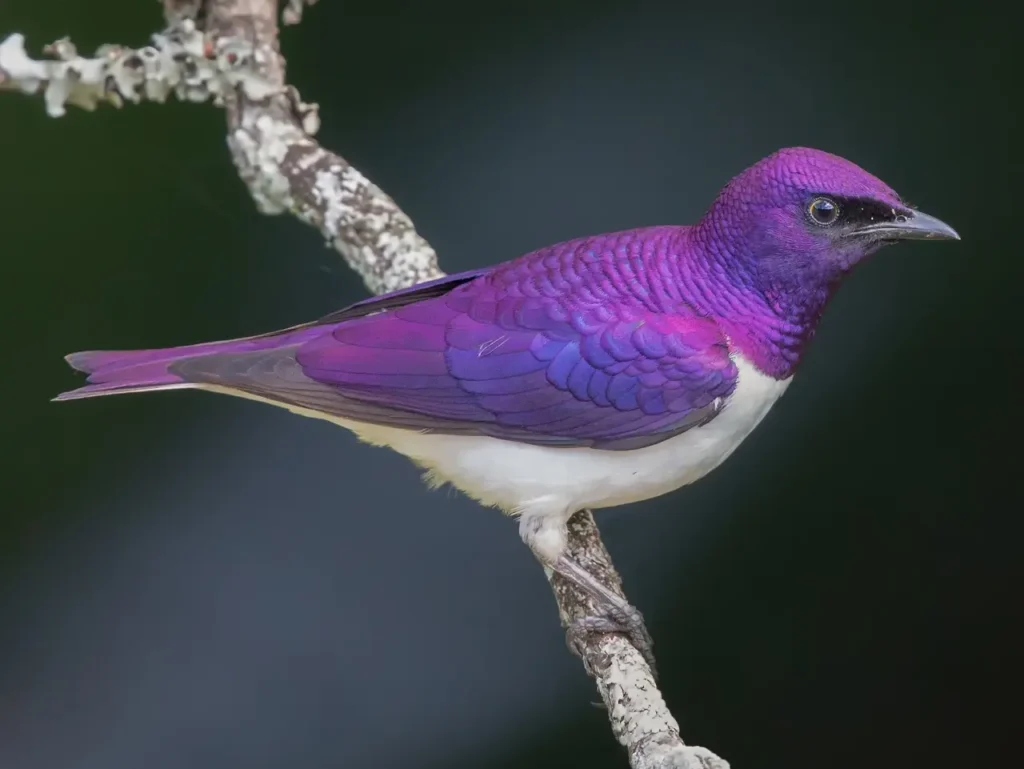
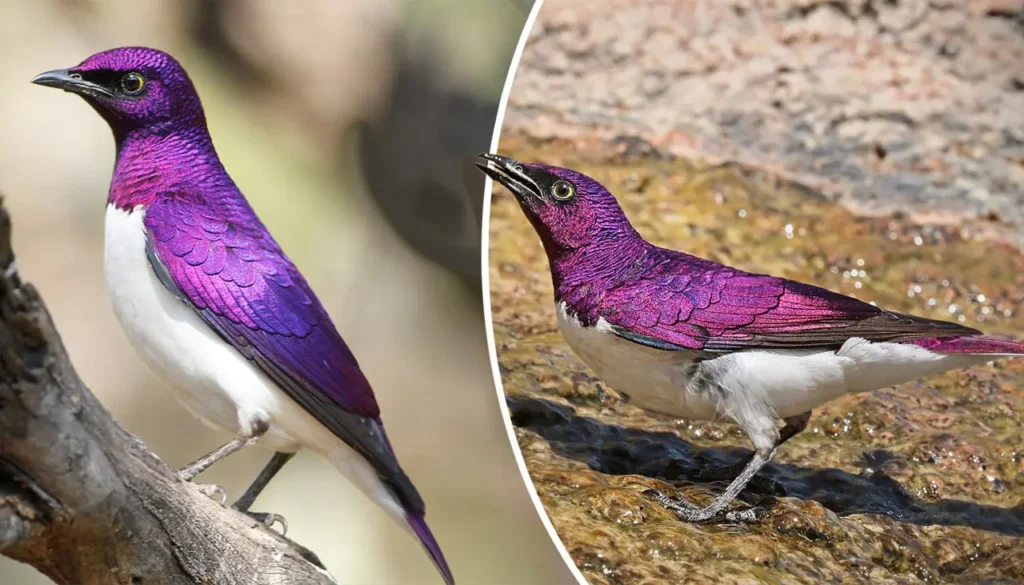
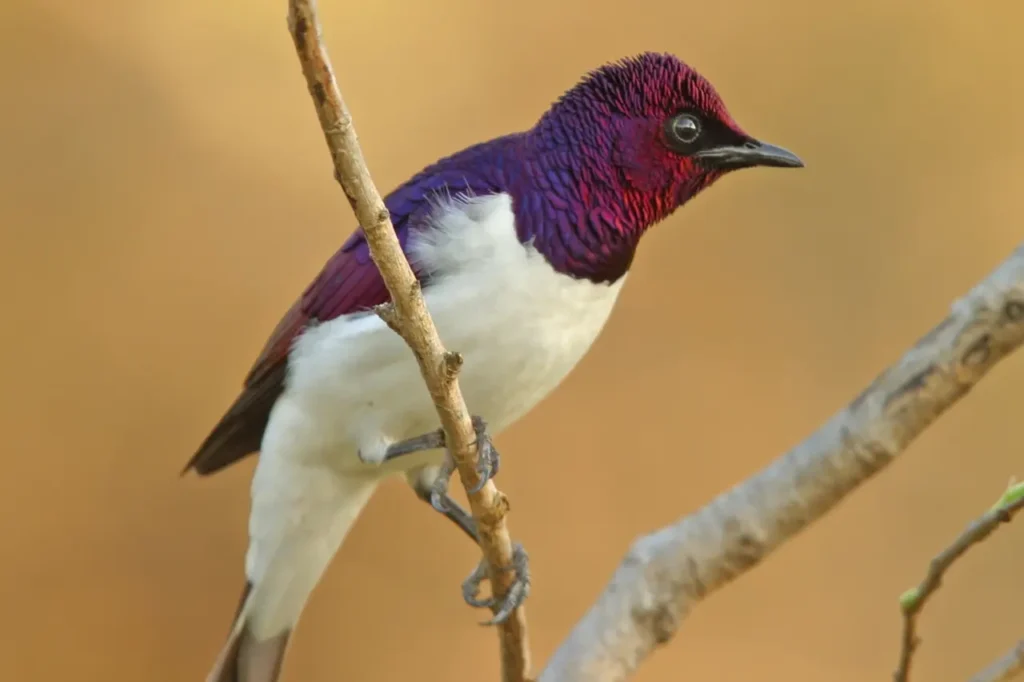
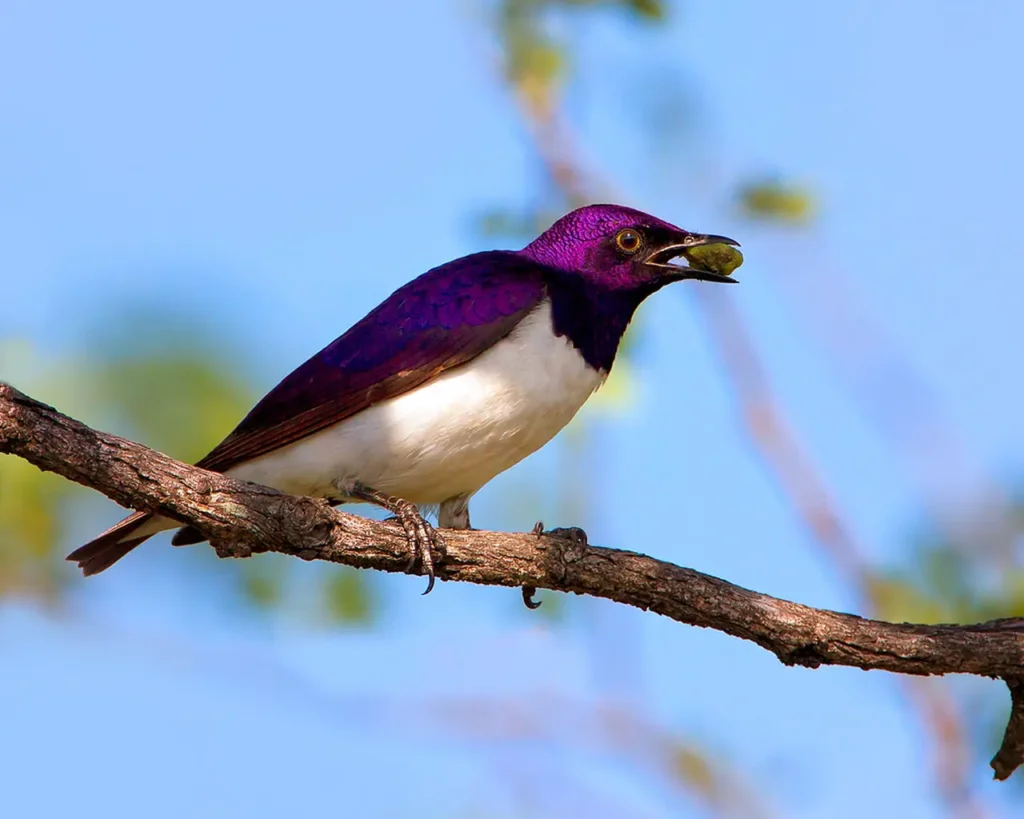
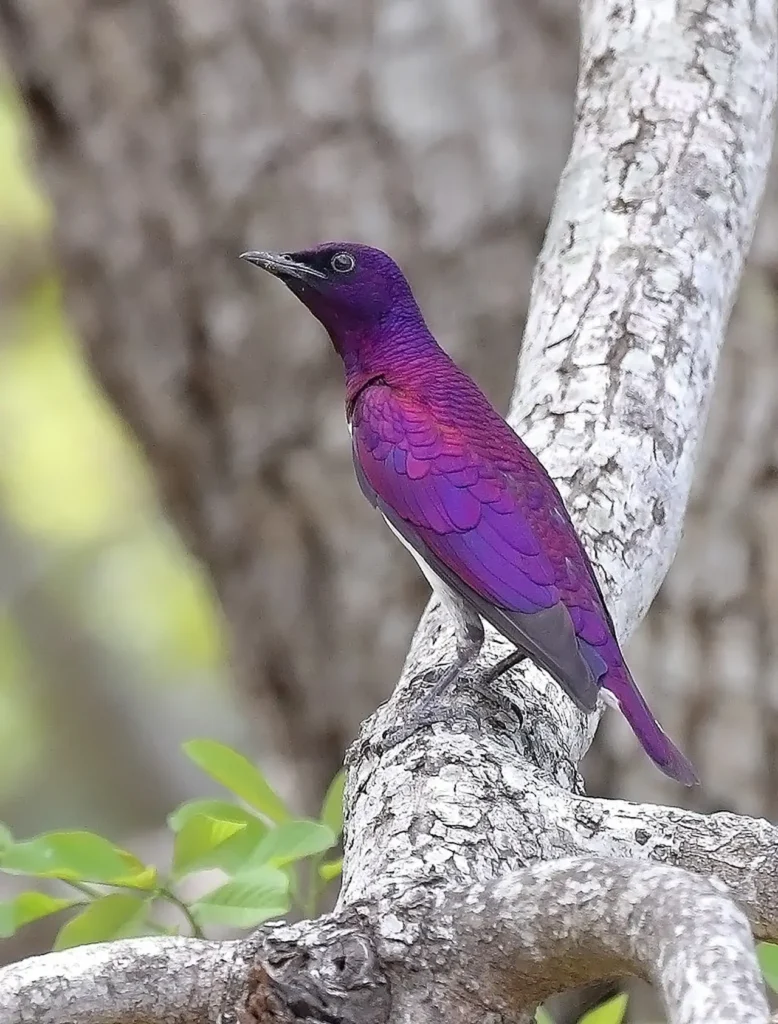
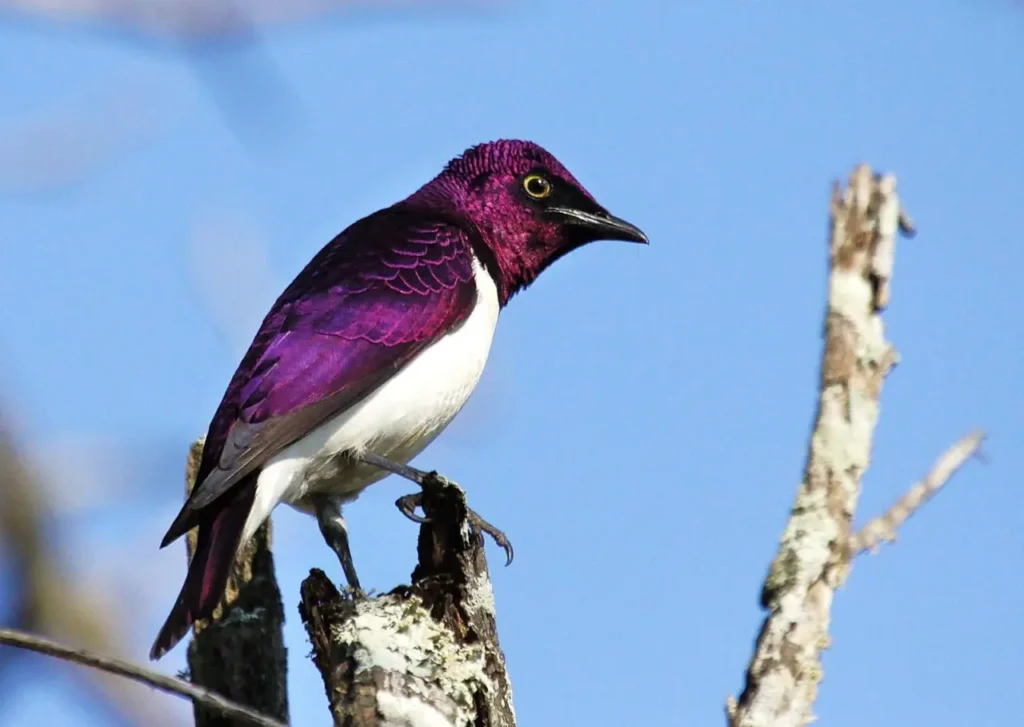
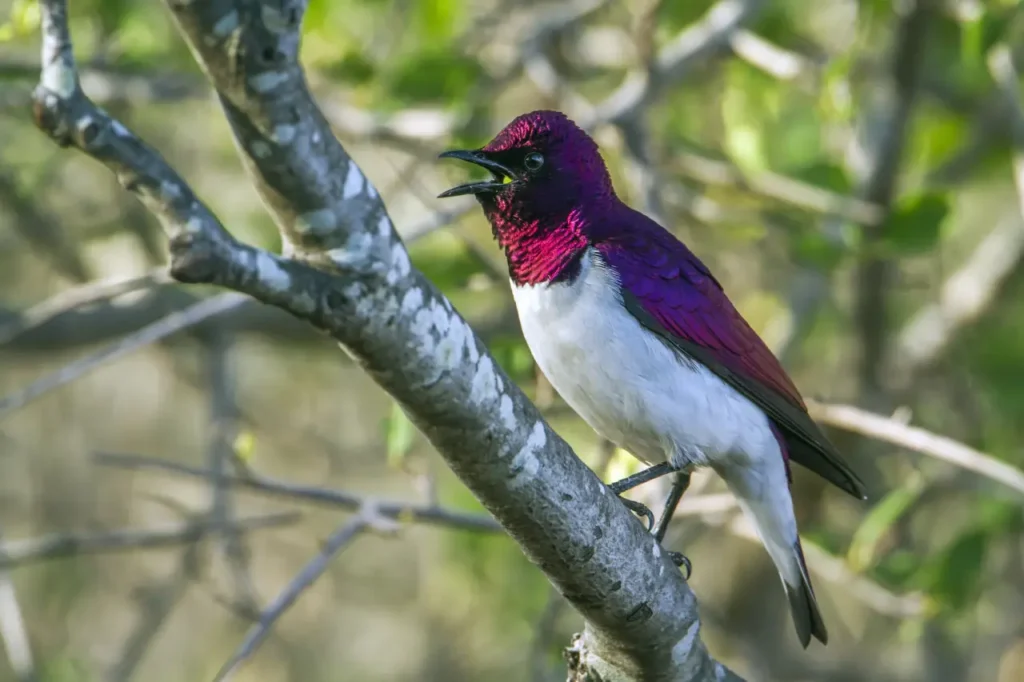
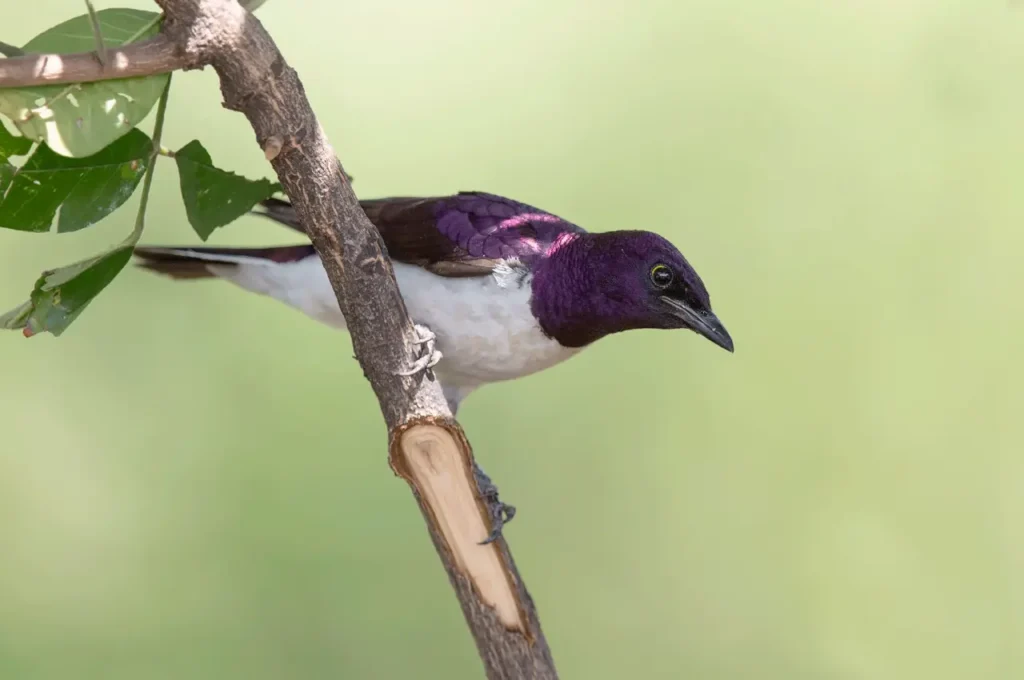
A Tapestry of Colors
The violet-backed starling boasts a mesmerizing plumage that lives up to its name. Males exhibit a striking combination of deep violet-blue feathers on their back, contrasting with their iridescent black wings and tail. The underparts of both males and females are a creamy white, providing a lovely contrast to their dazzling upper plumage. Their eyes are a vivid red, adding an additional touch of allure to their appearance. This kaleidoscope of colors renders the violet-backed starling a true avian jewel.
Habitat and Distribution
The violet-backed starling is native to the African continent, specifically found in the woodlands, savannas, and forest edges of sub-Saharan Africa. It is known to inhabit countries such as Kenya, Tanzania, Uganda, Zimbabwe, and South Africa. These birds thrive in diverse habitats, including both open landscapes and areas with dense foliage, where they can find a balance between foraging and nesting needs.
Social Behavior and Vocalizations
Violet-backed starlings are social birds that often gather in small to medium-sized flocks. They are known for their melodious calls and charming songs, which consist of a mix of whistles, trills, and melodic notes. These vocalizations serve various purposes, including mate attraction, territorial defense, and communication within the flock. Their rich and melodious calls contribute to the symphony of sounds in their natural habitats.
Diet and Foraging
The diet of the violet-backed starling consists of a diverse range of foods. They are omnivorous and feed on a variety of fruits, nectar, insects, and seeds. These agile birds are adept at foraging in trees and shrubs, using their sharp beaks to extract insects or probe flowers for nectar. Their ability to consume a wide array of food sources allows them to adapt to different environments and seasons, ensuring their survival and adaptability.
Breeding and Nesting
During the breeding season, male violet-backed starlings display their vibrant plumage and engage in elaborate courtship displays to attract females. Once a pair has formed, the female constructs a cup-shaped nest made of twigs, grass, and leaves, usually placed in the fork of a tree branch. The female then lays a clutch of 2-4 eggs, which are incubated by both parents. After hatching, the chicks are cared for and fed by both parents until they fledge and become independent.
Conservation and Threats
The violet-backed starling is not currently classified as endangered. However, like many other bird species, it faces threats such as habitat loss and degradation due to deforestation and human activities. Additionally, the illegal pet trade poses a threat to these captivating birds. Conservation efforts aimed at protecting their natural habitats, raising awareness about their importance, and implementing sustainable practices are essential for their long-term survival.
The Fascination of Birdwatching
The presence of violet-backed starlings in their natural habitat contributes to the allure of birdwatching. Birdwatchers and nature enthusiasts flock to locations where these birds can be observed, enjoying the opportunity to witness their vibrant colors, captivating behaviors, and melodious songs. The joy and excitement that come with spotting a violet-backed starling in the wild inspire a deeper appreciation for the beauty and diversity of our avian friends.
The violet-backed starling stands as a testament to the wonders of the avian world. With its breathtaking plumage, enchanting vocalizations, and social behavior, it has rightfully earned its place among nature’s most captivating creatures. As we admire the beauty of the violet-backed starling, let us also strive to protect and preserve the habitats that sustain these remarkable birds, ensuring that future generations can continue to marvel at their splendor.